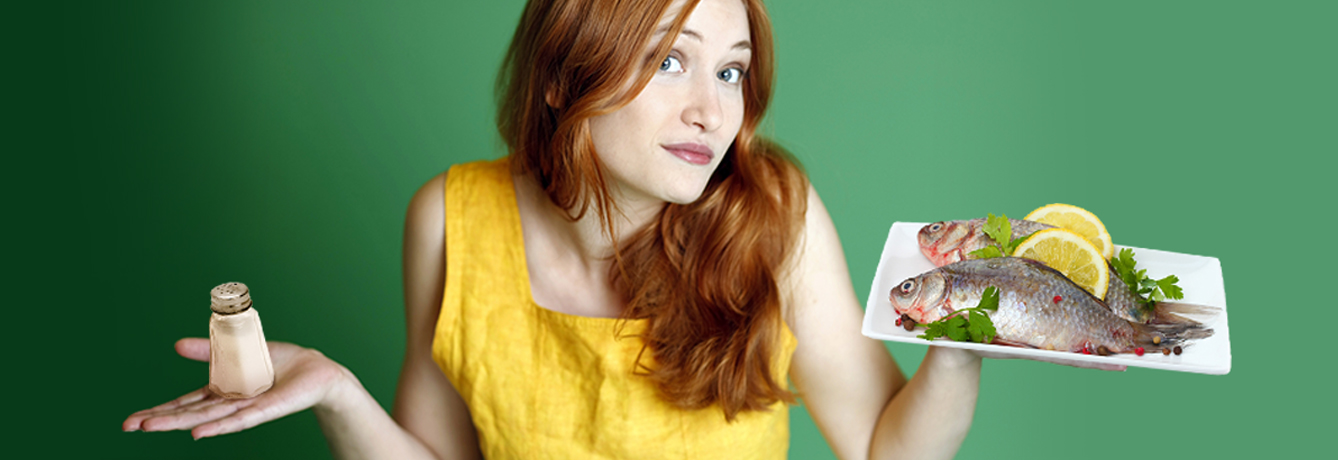Many Americans have made a conscious effort to reduce their salt intake – “a good thing” as Martha Stewart might say. But there’s one unforeseen side effect: iodine deficiency. One report found that median iodine levels dropped 12% in recent years. Of note: Median iodine levels for pregnant women were inadequate. Alarming news considers iodine deficiency as the most common cause of retardation globally.
While iodized salt is the predominant dietary source of iodine – a much healthier source is saltwater seafood, as well as vegetables grown in iodine-rich soil. See chart below:
| Top Iodine Sources | Quantity | Daily Value |
| Seaweed | 1 oz | High and variable |
| Cod | 3 oz | 66% |
| Salt, iodized | ¼ tsp | 51% |
| Navy beans | 1 cup | 43% |
| Potato, baked with skin | 1 medium | 40% |
| Shrimp | 3 oz | 23% |
| Turkey breast | 3 oz | 23% |
A recent study from Italy published in the International Journal of Food Science and Nutrition looked at the loss of iodine during baking and boiling of carrots and potatoes with added iodized salt. Researchers found that adding iodized salt to boiling water when cooking potatoes and carrots did not result in any absorption of the iodine from the salt. However, baking potatoes with added iodized salt did not result in a loss of iodine through the cooking process. While excess salt consumption is certainly not recommended, when you do use salt use iodized salt and add salt to vegetables only in baking or after cooking to absorb the iodine.
Published August 1, 2013



